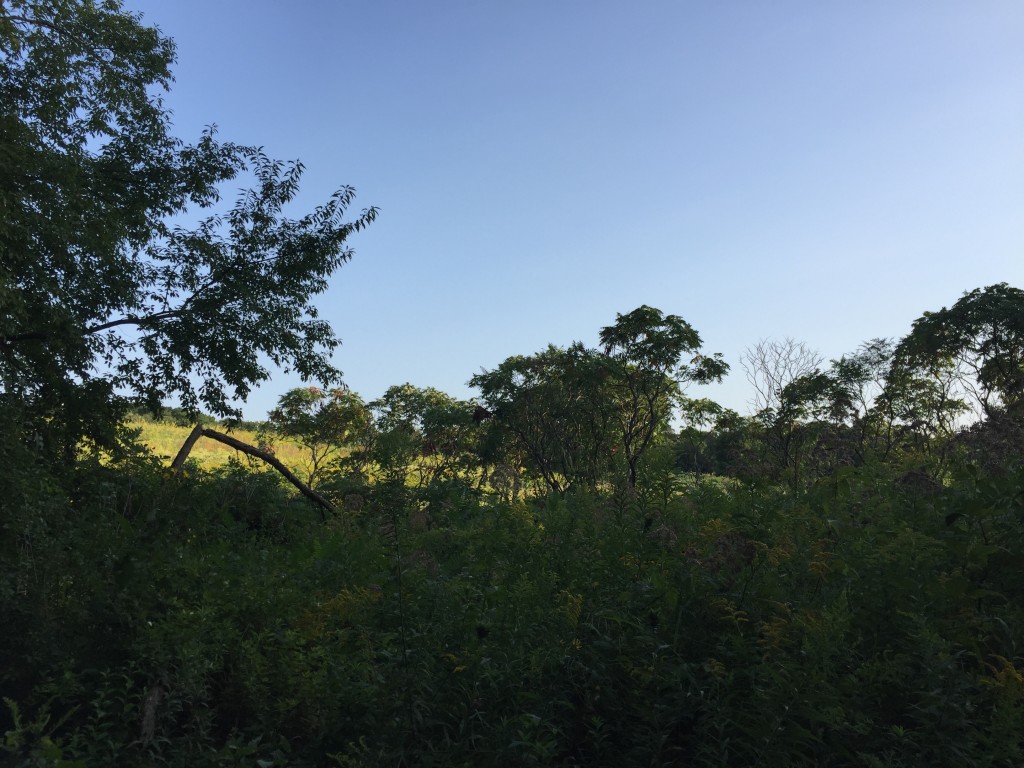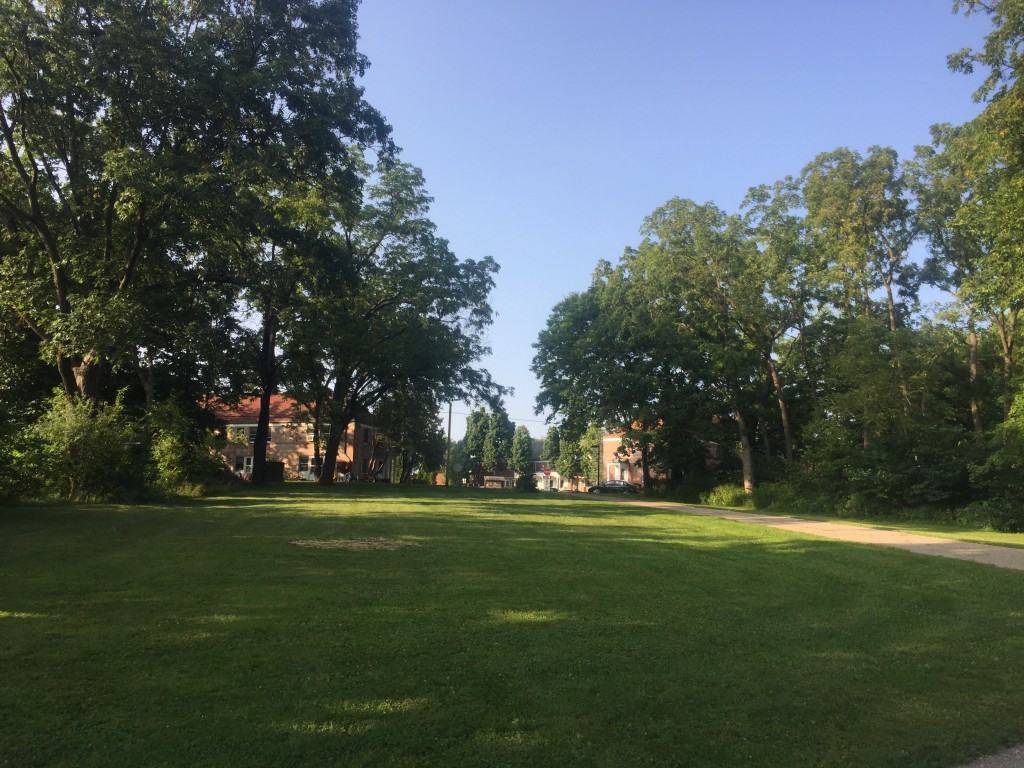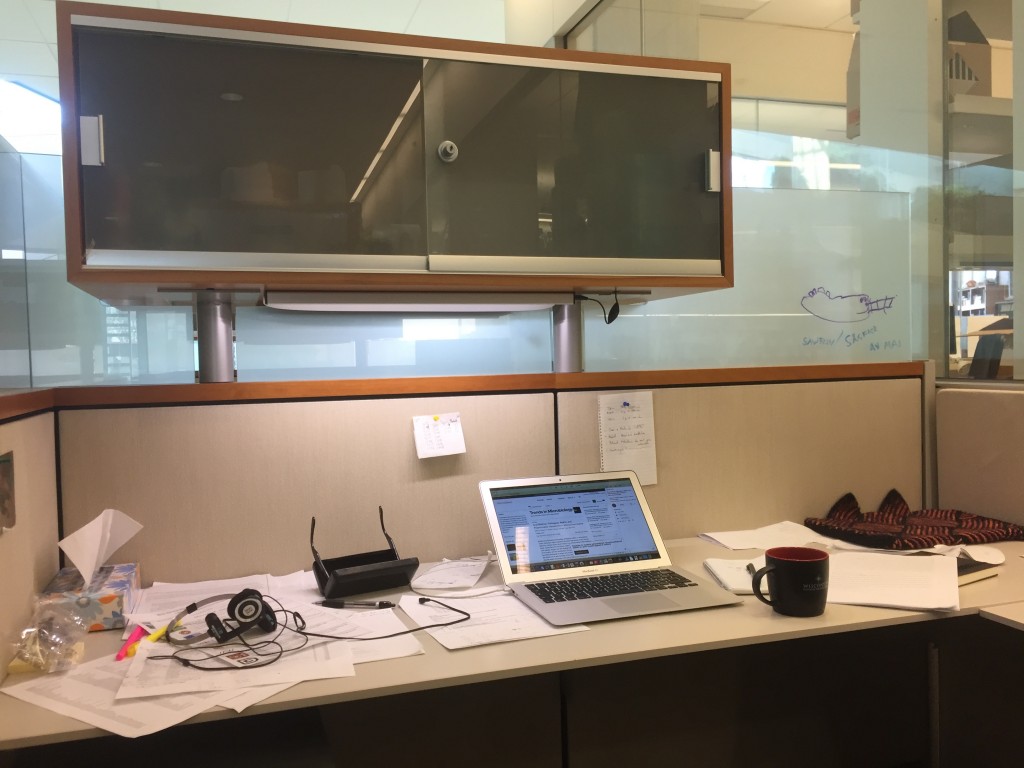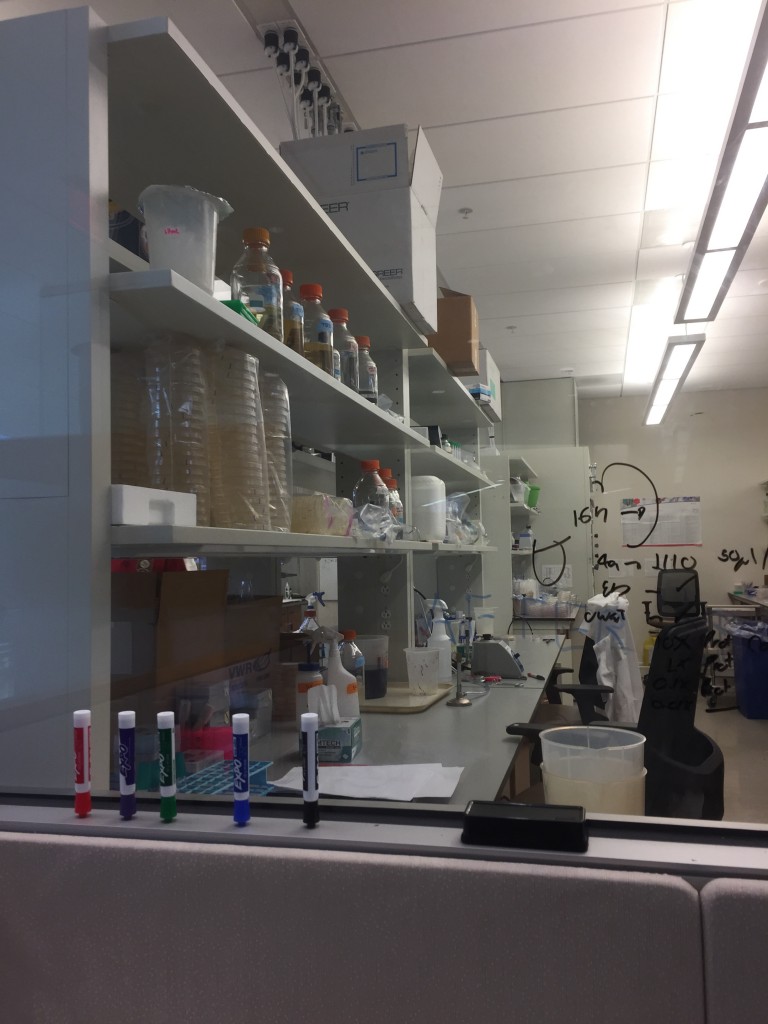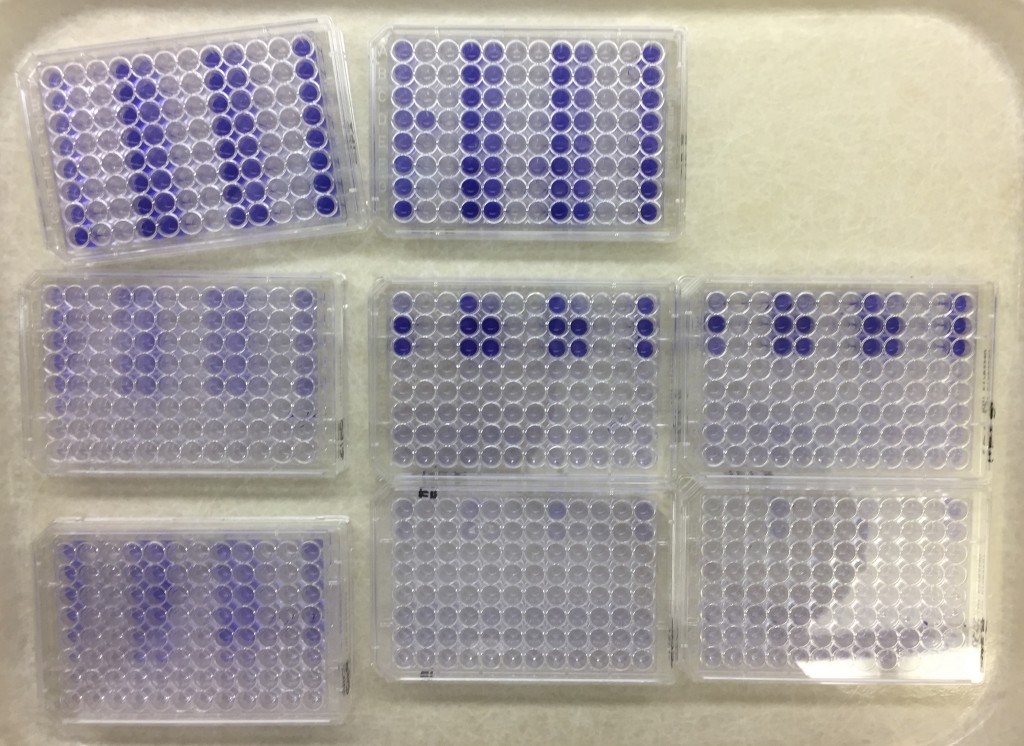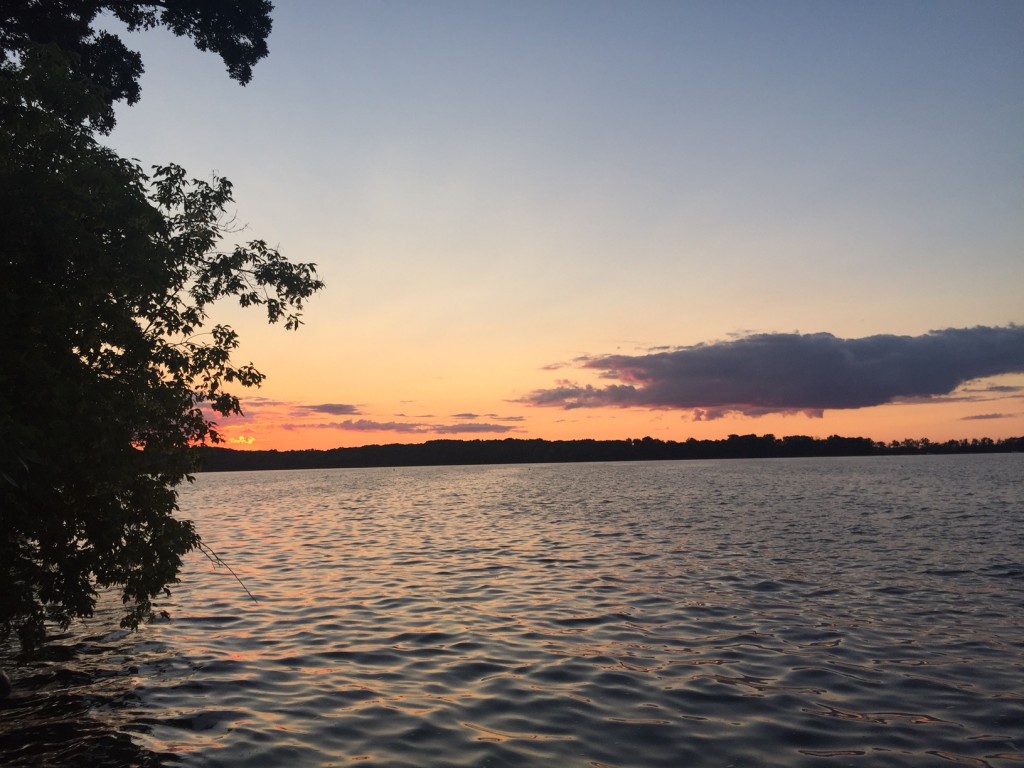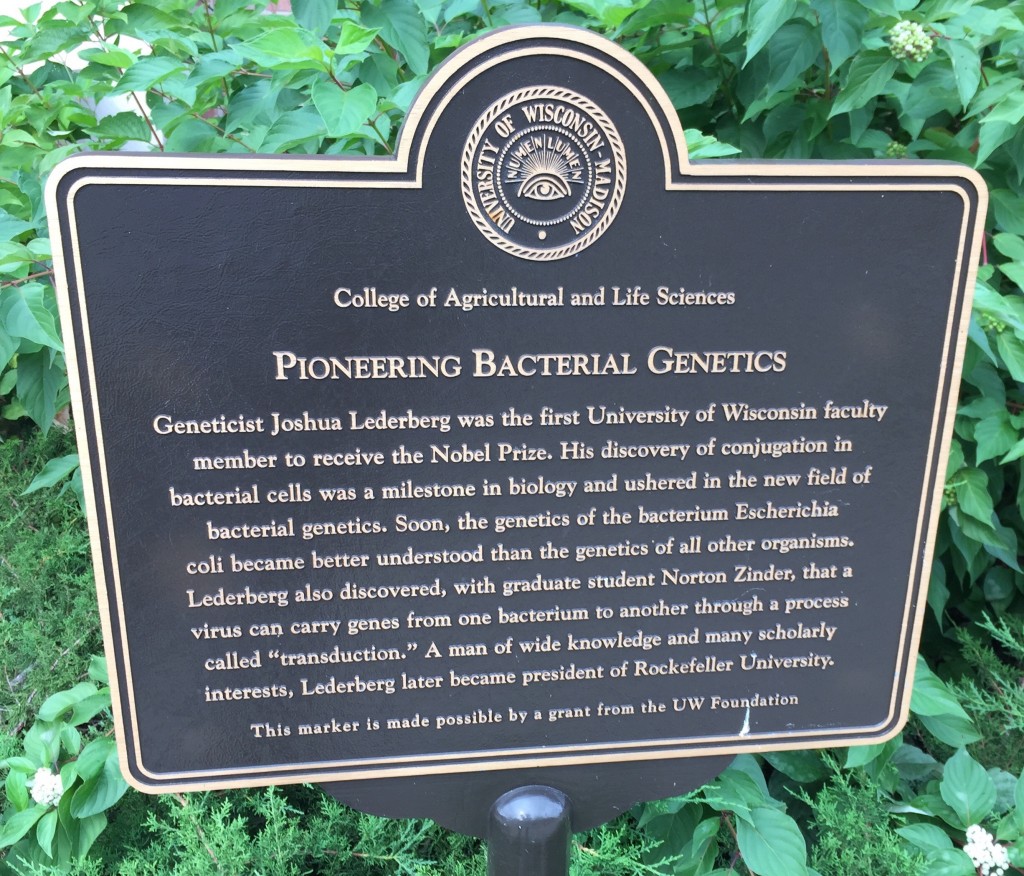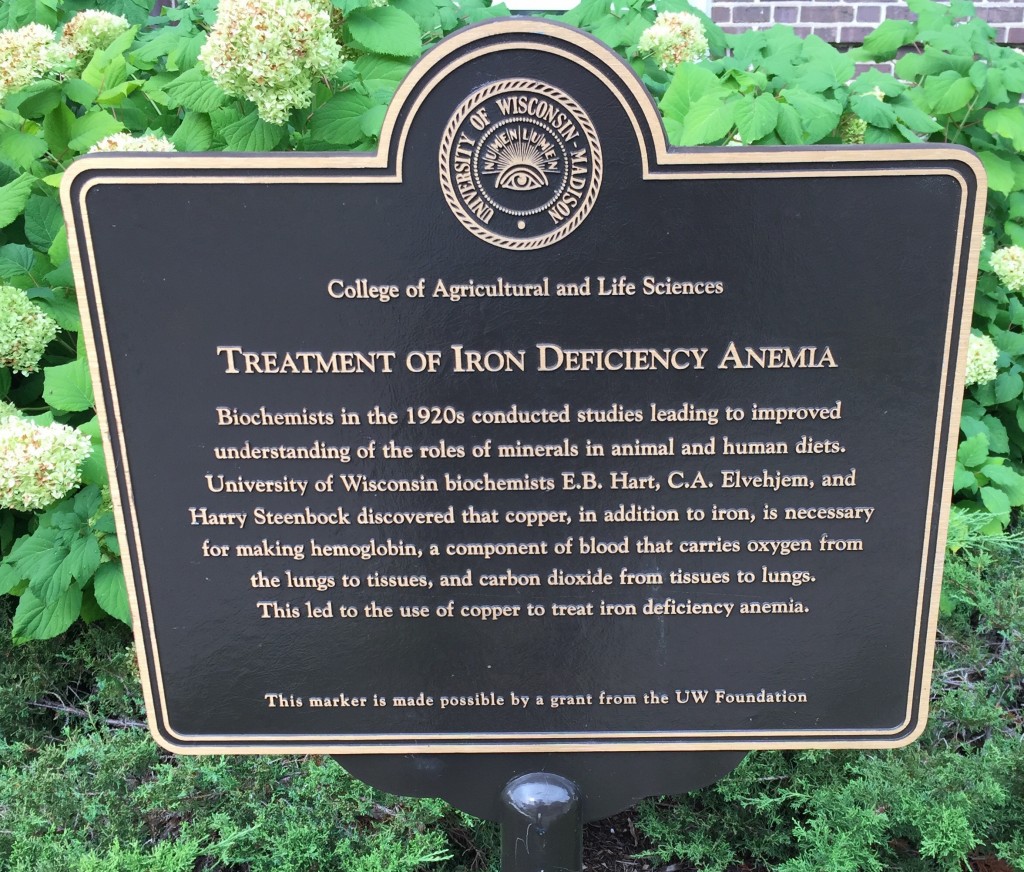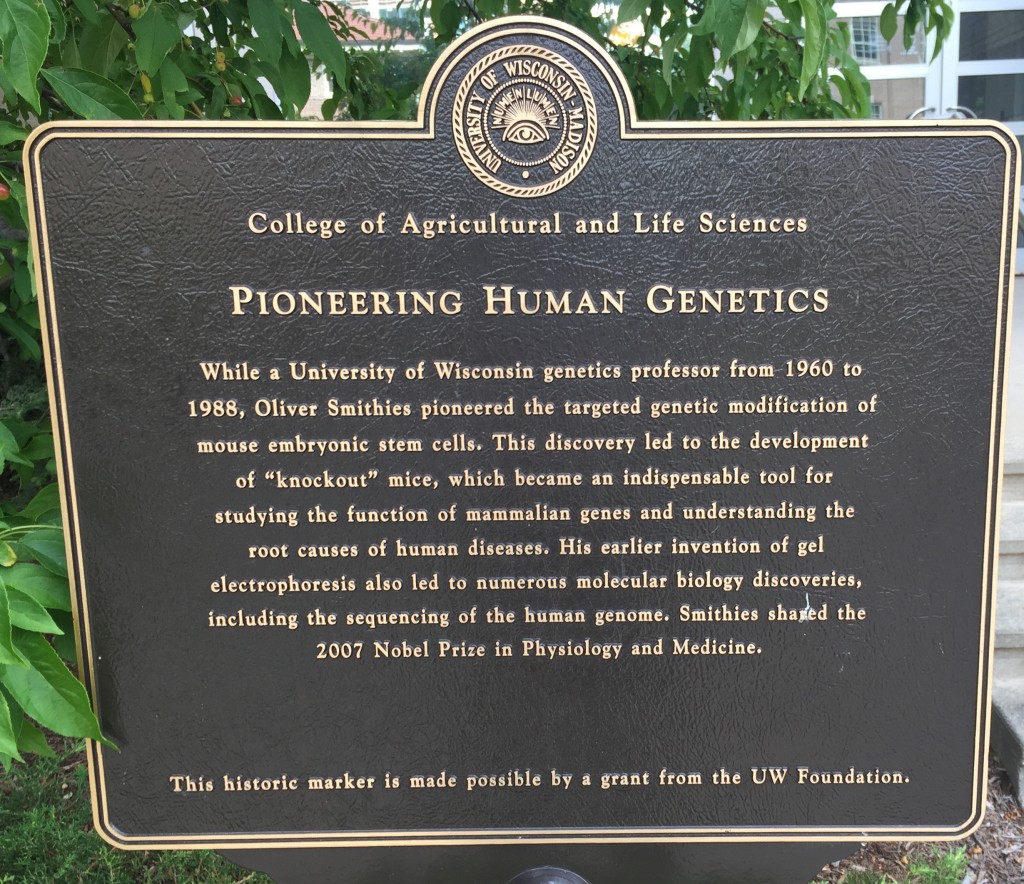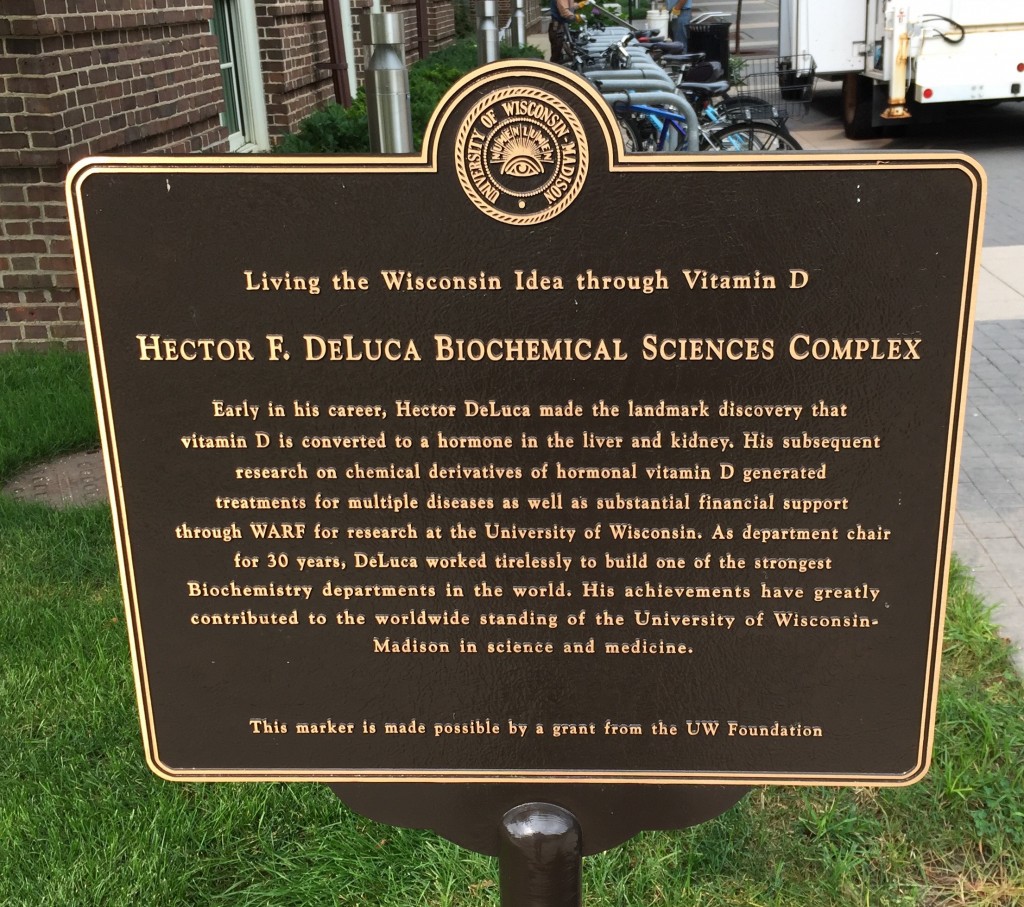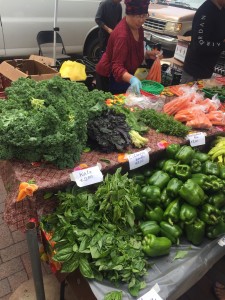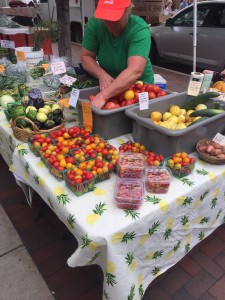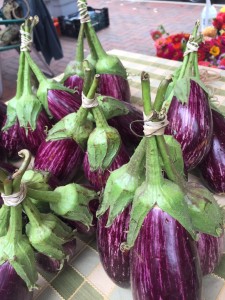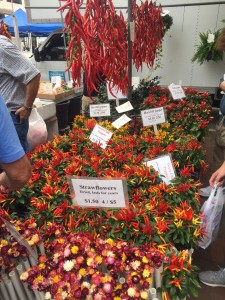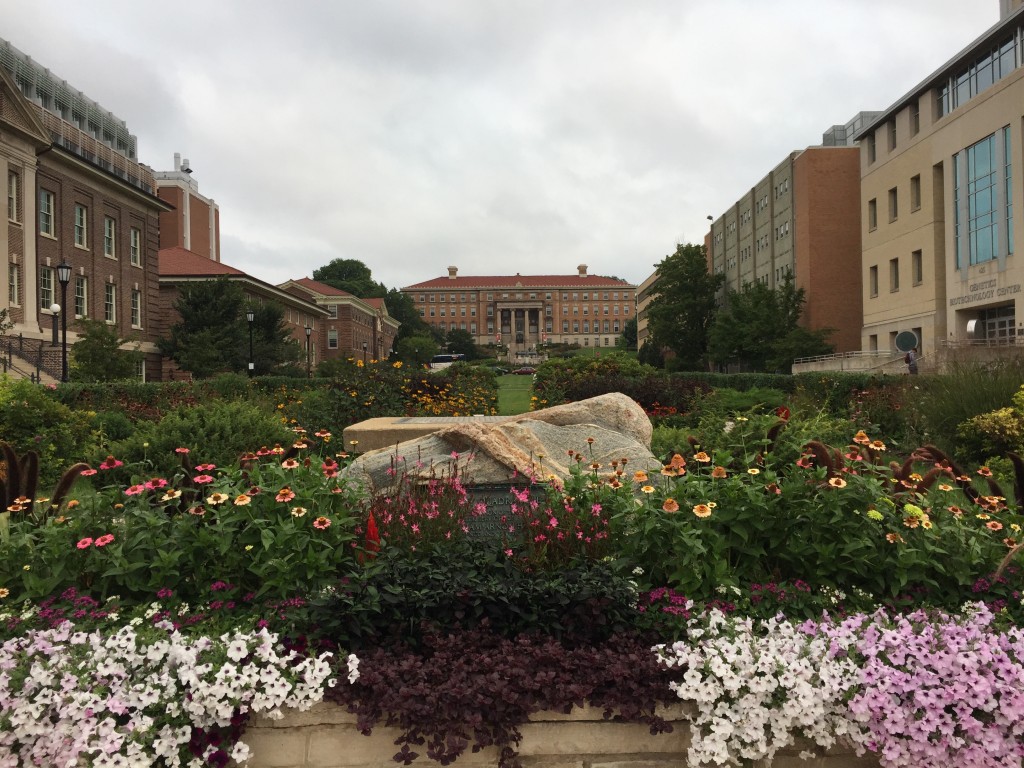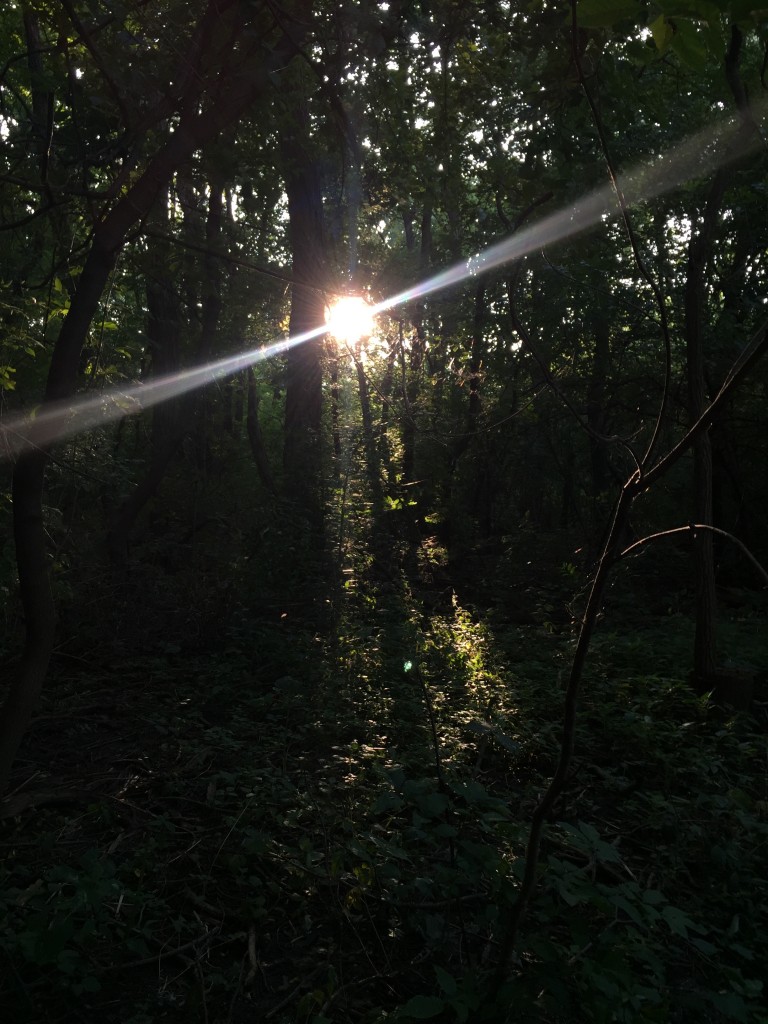Published paper: Modeling antibiotic resistance gene emergence
Last week, a paper resulting from a collaboration with Stefanie Heß and Viktor Jonsson was published in Environmental Science & Technology. In the paper, we build a quantitative model for the emergence of antibiotic resistance genes in human pathogens and populate it using the few numbers that are available on different processes (bacterial uptake, horizontal gene transfer rates, rate of mobilization of chromosomal genes, etc.) in the literature (1).
In short, we find that in order for the environment to play an important role in the appearance of novel resistance genes in pathogens, there needs to be a substantial flow of bacteria from the environment to the human microbiome. We also find that most likely the majority of resistance genes in human pathogens have very small fitness costs associated with them, if any cost at all.
The model makes three important predictions:
- The majority of ARGs present in pathogens today should have very limited effects on fitness. The model caps the average fitness impact for ARGs currently present in human pathogens between −0.2 and +0.1% per generation. By determining the fitness effects of carrying individual ARGs in their current hosts, this prediction could be experimentally tested.
- The most likely location of ARGs 70 years ago would have been in human-associated bacteria. By tracking ARGs currently present in human pathogens across bacterial genomes, it may be possible to trace the evolutionary history of these genes and thereby identify their likely hosts at the beginning of the antibiotic era, similar to what was done by Stefan Ebmeyer and his colleagues (2). What they found sort-of corroborate the findings of our model and lend support to the idea that most ARGs may not originate in the environment. However, this analysis is complicated by the biased sampling of fully sequenced bacterial genomes, most of which originate from human specimens. That said, the rapid increase in sequencing capacity may make full-scale analysis of ARG origins using genomic data possible in the near future, which would enable testing of this prediction of the model.
- If the origins of ARGs currently circulating in pathogens can be established, the range of reasonable dispersal ability levels from the environment to pathogens narrows dramatically. Similarly, if the rates of mobilization and horizontal transfer of resistance genes could be better determined by experiments, the model would predict the likely origins more precisely. Just establishing a ball-park range for the mobilization rate would dramatically restrict the possible outcomes of the model. Thus, a more precise determination of any of these parameters would enable several more specific predictions by the model.
This paper has a quite interesting backstory, beginning with me having leftover time on a bus ride in Madison (WI), thinking about whether you could quantize the conceptual framework for resistance gene emergence we described in our 2018 review paper in FEMS Reviews Microbiology (3). This spurred the first attempt at such a model, which then led to Stefanie Heß and me applying for support from the Centre for Antibiotic Resistance Research at the University of Gothenburg (CARe) to develop this idea further. We got this support and Stefanie spent a few days with me in Gothenburg developing this idea into a model we could implement in R.
However, at that point we realized we needed more modeling expertise and brought in Viktor Jonsson to make sure the model was robust. From there, it took us about 1.5 years to refine and rerun the model about a million times… By the early spring this year, we had a reasonable model that we could write a manuscript around, and this is what now is published. It’s been an interesting and very nice ride together with Stefanie and Viktor!
References
- Bengtsson-Palme J, Jonsson V, Heß S: What is the role of the environment in the emergence of novel antibiotic resistance genes? A modelling approach. Environmental Science & Technology, Article ASAP (2021). doi: 10.1021/acs.est.1c02977 [Paper link]
- Ebmeyer S, Kristiansson E, Larsson DGJ: A framework for identifying the recent origins of mobile antibiotic resistance genes. Communications Biology 4 (2021). doi: 10.1038/s42003-020-01545-5
- Bengtsson-Palme J, Kristiansson E, Larsson DGJ: Environmental factors influencing the development and spread of antibiotic resistance. FEMS Microbiology Reviews, 42, 1, 68–80 (2018). doi: 10.1093/femsre/fux053 [Paper link]
The Wisconsin Blog is on again
I’ve been having a very intense start of the year with the move to the US and getting the family accustomed to Madison (which has taken time and energy, but gone really well). I just wanted to make you aware of that I have started posting at the Wisconsin Blog again and hope to be sharing research related stuff from my year in the US there. For more personal stuff, our family has set up a blog (in Swedish) at this address: https://palmeiamerikat.blogspot.com. You are very welcome to follow our adventure there!
And the experiments have started!
It’s been a long time before I have written something here, mostly because making ourselves at home in Madison have take some time; then we go the flue; and then there have been a lot at work after that. But now i will try to have another go at writing somethings on the Wisconsin Blog. First, a look at my (already messy) desk here at the Wisconsin Institute for Discovery.
And then, a look at my lab space, which I have a view of straight from my desk, through a glass window.
This week, I have started experiments with exposing our little model community to antibiotics and it looks like I’m getting potentially exciting results. I have to sit down with the data today to see if there’s statistical differences, but from the looks of the biofilms, there is potential here.
Next week I will try to start experiment with sand columns and see if I can replicate some of this in this setting as well. It is interesting being back in the lab, and I feel that this an experience that will be very valuable for me going forward. I look forward to the days later this spring when I will start generating sequence data from my own experiments!
Leaving Madison
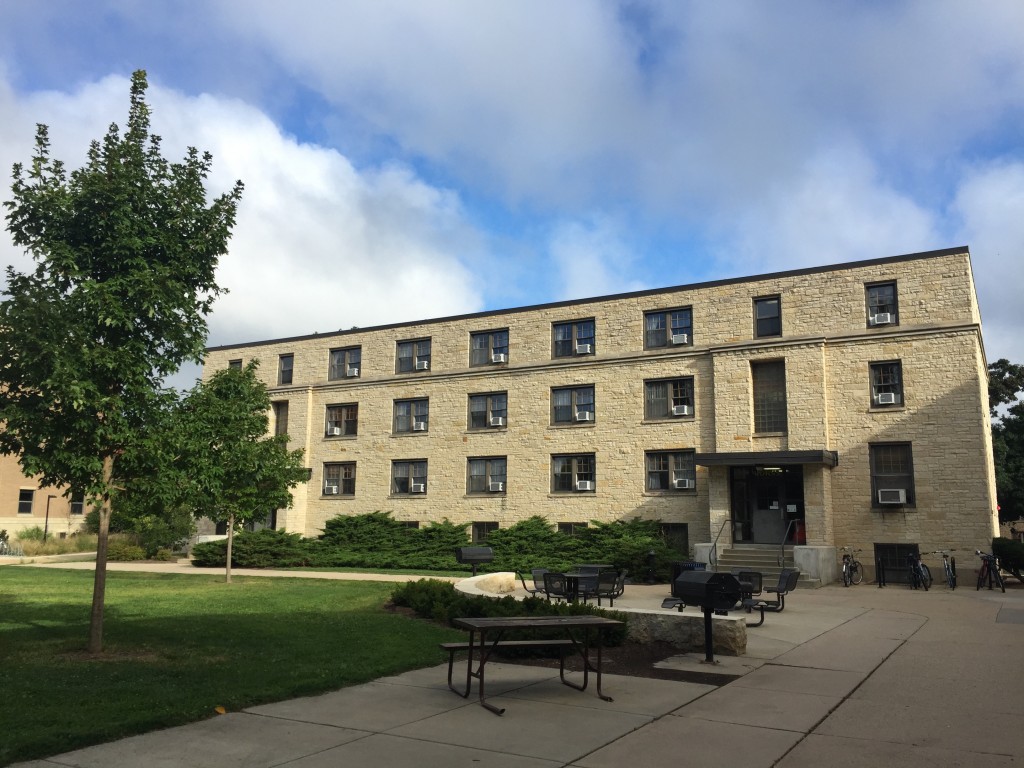
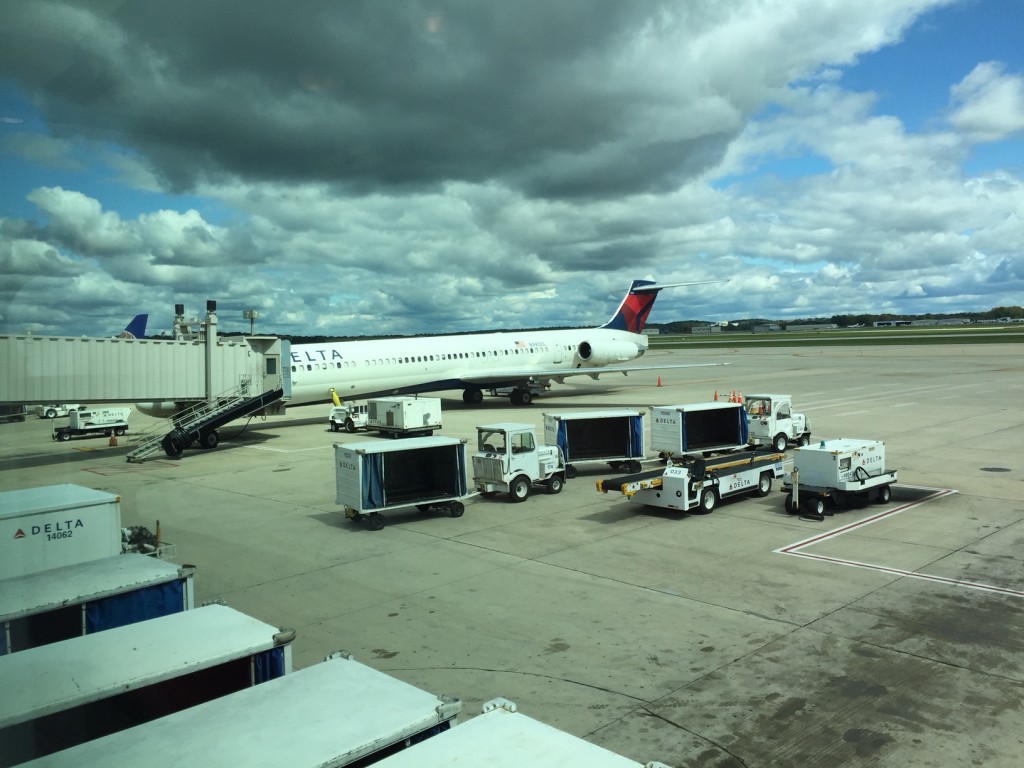
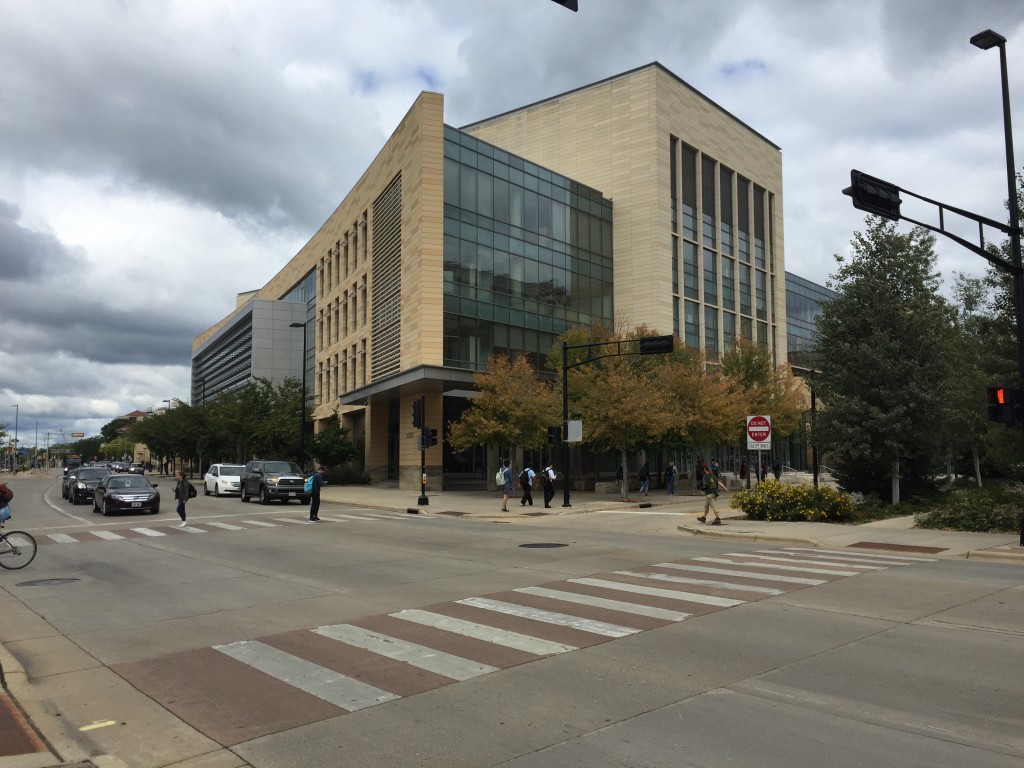
Something to live up to
Around the biochemistry building of the University of Wisconsin-Madison campus (and perhaps also elsewhere), there are a lot of these signs, highlighting discoveries that were made in Madison. And they really have a history to be proud of. This place is where both bacterial conjugation and transduction was discovered, paving the way for much of the genome editing and studies we take for granted today. And they also did the basics required to generate knock-out mice for genetics studies. I could go on, but I I think I made my point. This place has a lost of history. And I doubt that my slightly messy project will live up to these groundbreaking discoveries.
Labor day
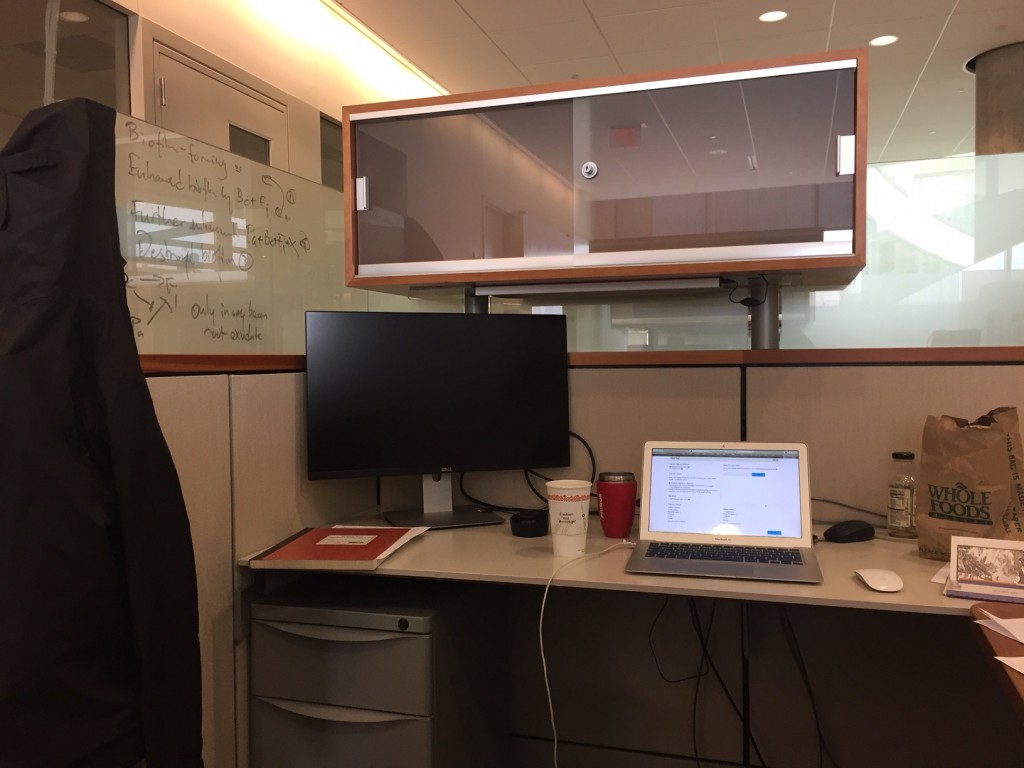
Before that, I went to see a house, which I liked a lot, so hopefully I will be able to sign a contract for this before I leave for Sweden again on Wednesday. Fingers crossed, over and out!
Farmers Market
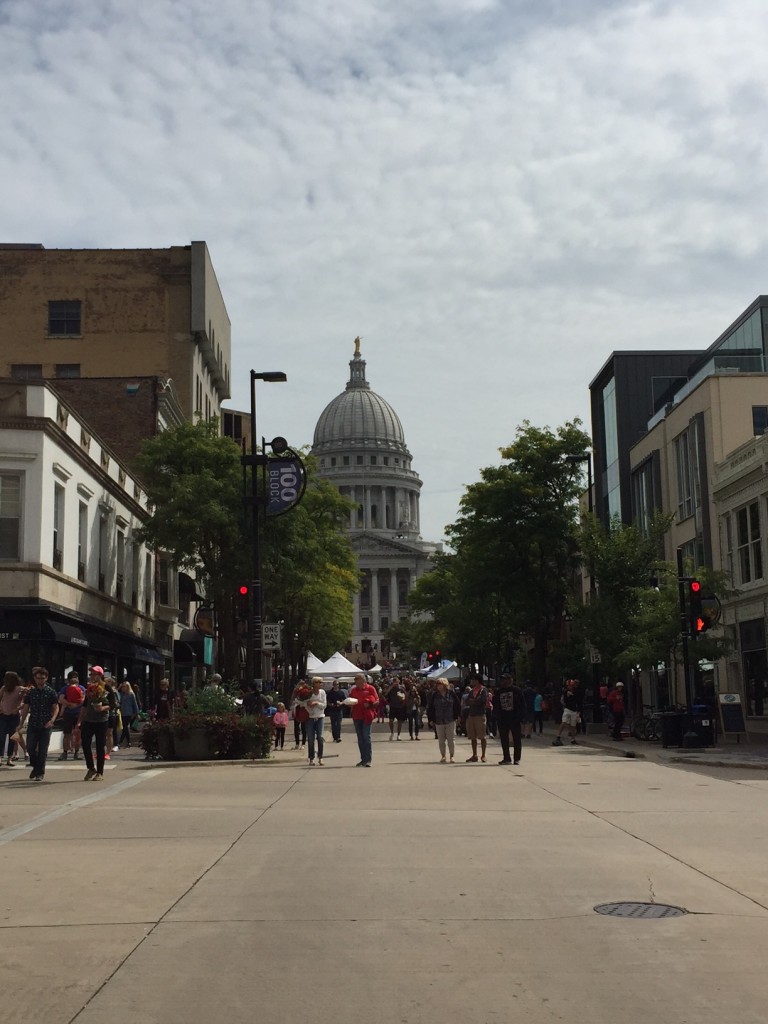


The rest of the day I spent walking around by the Lake Monona and Lake Wingra, taking a break for a coffee at Colectivo Coffee. Very nice place with excellent pourovers. But now my feet hurts and I need to get some sleep!
Students are coming back
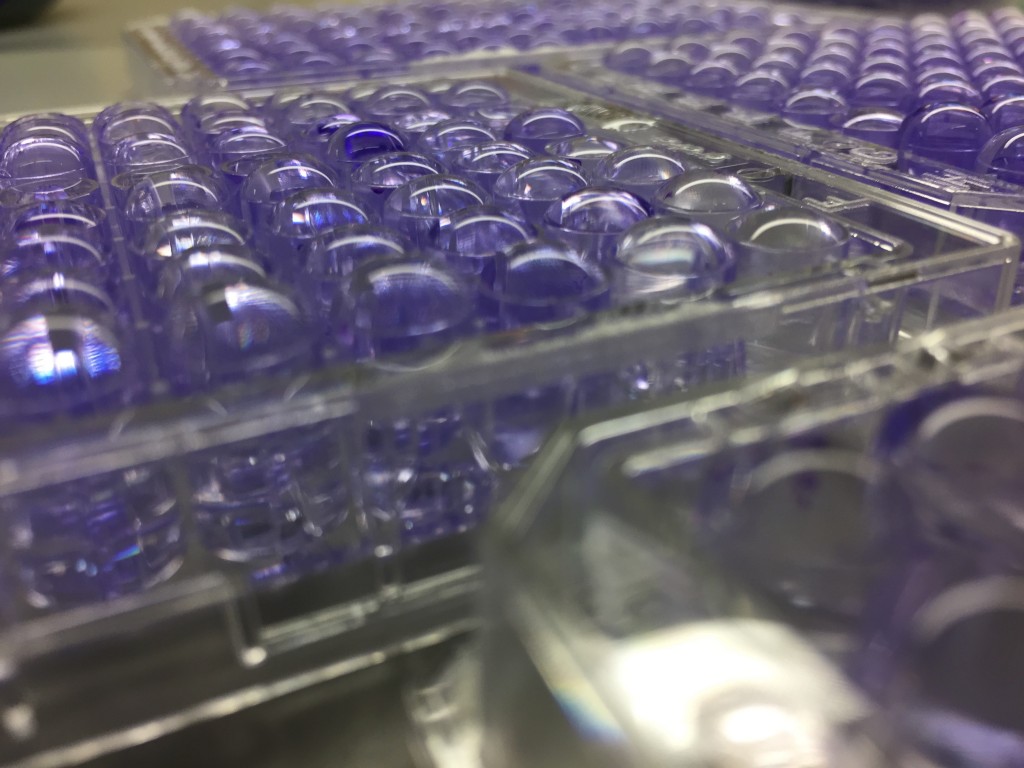

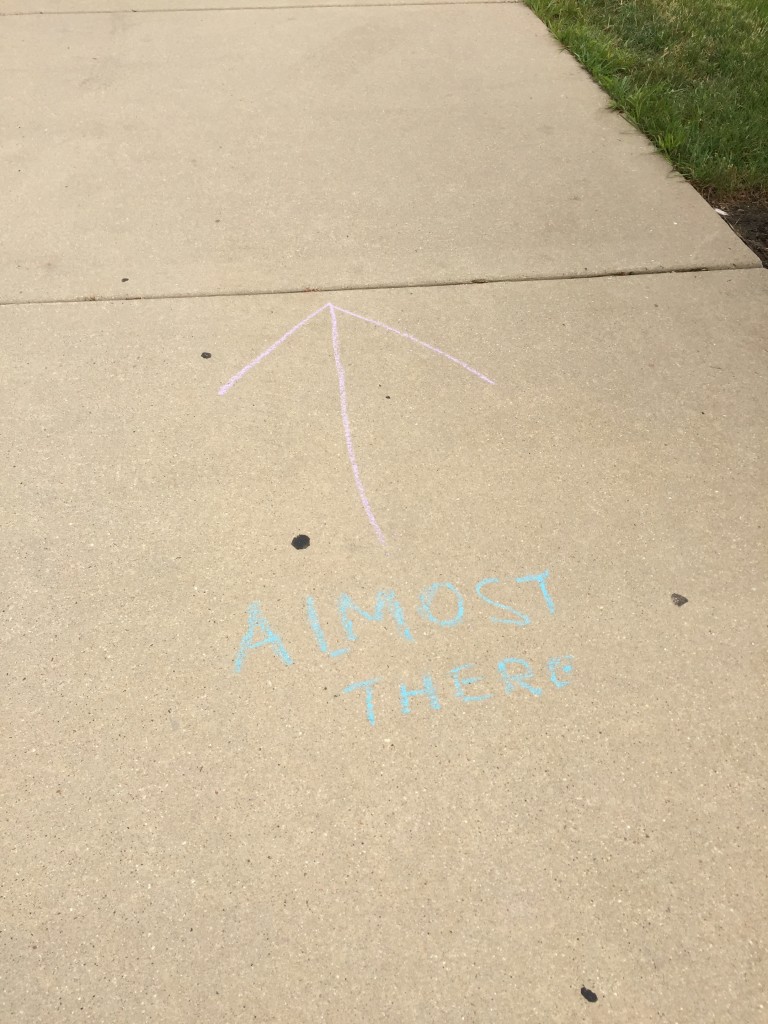
Manuel, my hero
Okay, first of all this is a shoutout post to Manuel Garavito, who has been putting up with me for the last two days – my first two days in a wet lab for several years. Manuel has been beyond fantastic in showing me their basic protocols and having patience with my rusty lab skills. If this project will work out, it will very much be because of him.
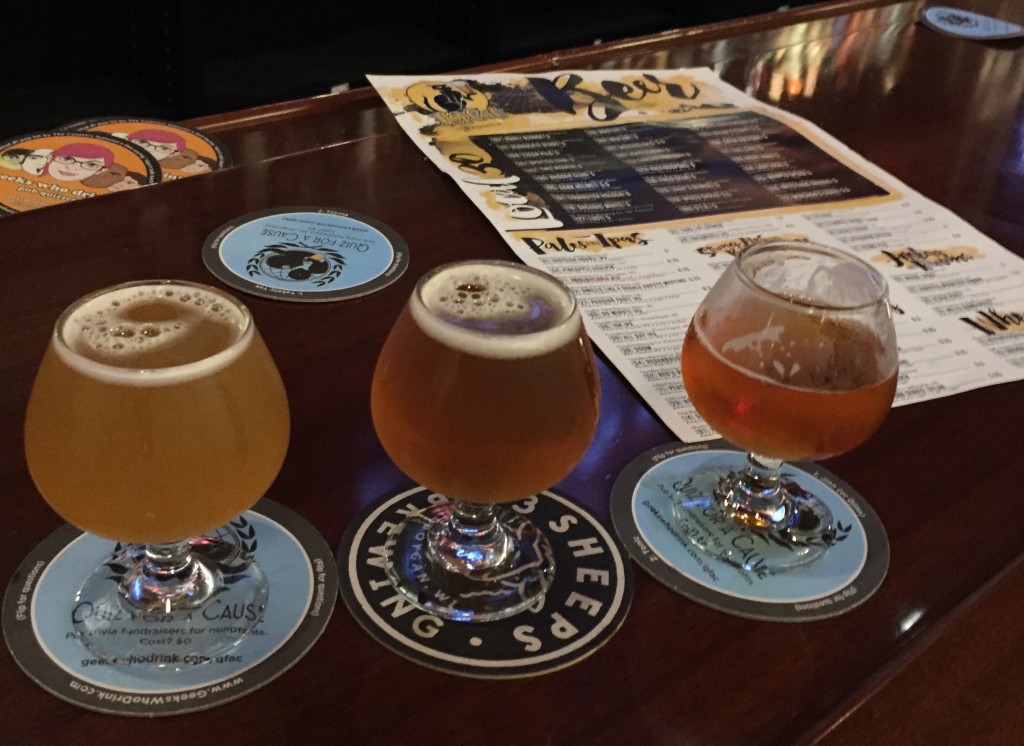 This weekend, there haven’t been a lot of time for other things than lab work, but I spent Friday evening at the Memorial Union where I happened to stumble into a concert with Brazilian (I think, not sure) music. And on Saturday evening I went out to the Hop Cat, where I tasted the fantastic beer Psychedellic Cat Grass and got taught the basics of American football by a woman who was also there on her own, apparently to watch the game. So, I’m doing my well but working my ass off with things I am not really that good at. Yet.
This weekend, there haven’t been a lot of time for other things than lab work, but I spent Friday evening at the Memorial Union where I happened to stumble into a concert with Brazilian (I think, not sure) music. And on Saturday evening I went out to the Hop Cat, where I tasted the fantastic beer Psychedellic Cat Grass and got taught the basics of American football by a woman who was also there on her own, apparently to watch the game. So, I’m doing my well but working my ass off with things I am not really that good at. Yet.
Back in Madison
